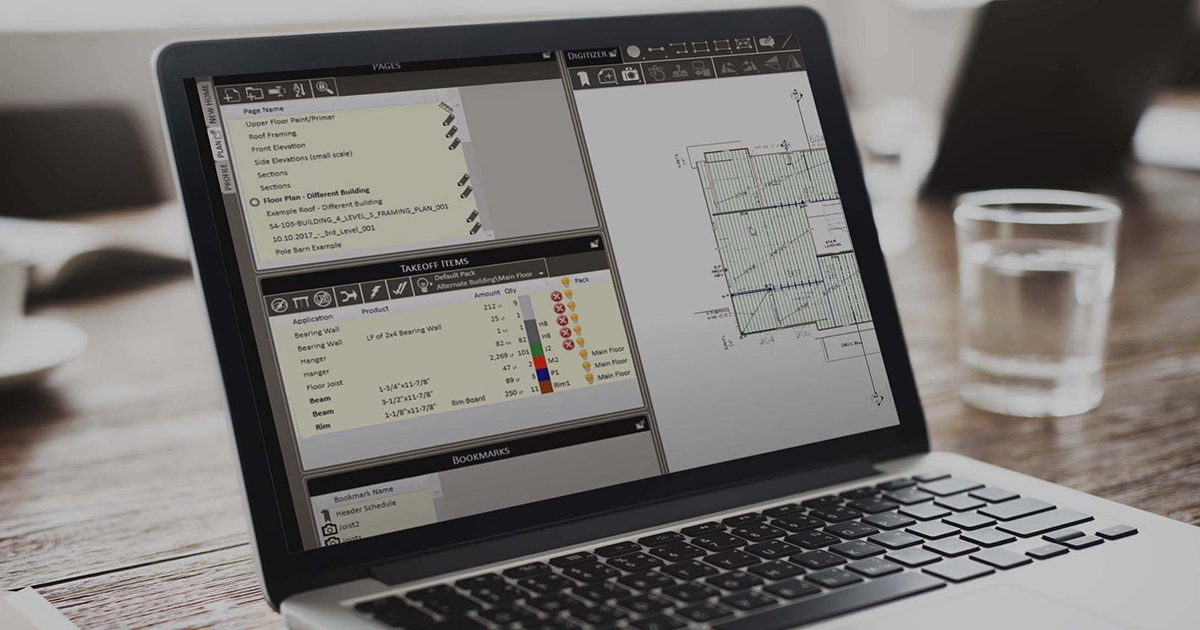
It is crucial to conduct preliminary cost estimates before any project. The reason is that these projections of costs and success are made possible by these calculations. Numerous different sorts of estimations are required for building projects in order to run effectively. Therefore, the project owners must use any technique to get the desired outcomes. For instance, some builders use estimation services to determine the price of commercial installation. On the other hand, some people want estimates in order to determine how much money should be spent on an ongoing project. Overall, we can state that construction estimating services ensures the best estimation necessary to build any project, no matter how big or small.
You must possess the necessary abilities and information in order to obtain the most genuine and accurate estimations. More importantly, businesses must invest a lot of resources to obtain accurate estimates for their building projects. To gain a better understanding and pinpoint typical issues with the budget, we will quickly cover each of the major estimation techniques in this discussion.
These estimates are divided into five categories by the American Society of Professional Estimates. It states that utilizing a tier-5 estimate yields the lowest estimate. However, where there is a tier-1 estimate, it is where the most accurate estimate comes from.
We obtain those specific estimations that characterize the project while applying accepted, precise and standardized processes. Every estimator has a duty to consider cost choices while keeping in mind the current design.
We must be aware that each tier defines a different goal while discussing a five-tier structure. Here’s a discussion of some of the categories for these cost estimation services:
Scam Alert: Verify All communication with Digital Estimating LLC by Calling us at 281-899-0989 before responding to suspicious emails and invoices.

Digital Estimating is a team of leading-class professionals for construction estimating services. We can deliver quality estimates to help you win bids for public/open shop, residential, and commercial projects.